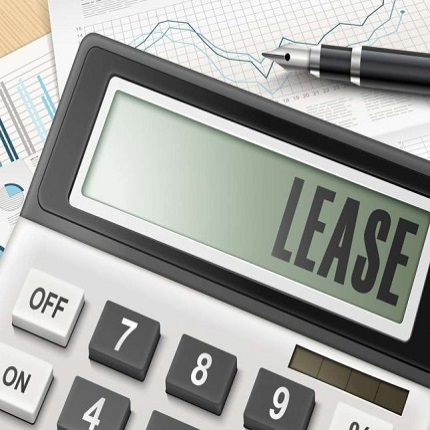By John P. Arenas, CEO Serendipity Labs
Recently, the Financial Accounting Standards Board (FASB) issued a seemingly arcane ruling requiring U.S. businesses to disclose lease obligations for real estate and other major assets directly onto balance sheets by 2019.
The new rule, instated after 10 years of review, was designed to ensure transparency and to end off-balance sheet accounting for major liabilities. According to FASB, the rule will add an astonishing $2 trillion of debt to company balance sheets.
Although few could have predicted it, the huge cultural shift to worker mobility will drive the impact of this rule beyond accounting departments and onto investor calls. With an increasingly untethered U.S. workforce that expects to work where and when they choose, companies simply need less traditional office space, even with greater employment. Disclosure of real estate lease obligations will be a catalyst for companies to offer employees flexible workplace options as companies become accountable for a higher performing real estate strategy.
CFOs and CEOs will soon face investor questions about the steps they are taking to ensure that outsized office lease obligations don’t increase borrowing costs or lower enterprise value, especially compared with industry peers. The newly available leasing data will also serve as a proxy for how efficiently a company is managing workplace costs – the second highest corporate cost next to staffing. U.S. workspace expenses represent obligations on over 12 billion square feet of office space.
Revisiting these lease commitments is a particularly ripe opportunity for savings when considering a 2014 benchmarking study by HOK Architects that indicates traditional workplaces are utilized only about 48 percent throughout the day due to increasing worker mobility. And according to University of San Diego and Costar, the average office space per worker has fallen by 40 percent from 250 square feet per worker to less than 180 square feet per worker – a number expected to fall below 100 square feet per worker.
The options for responding to worker demands for workplace flexibility and investor demands for more capital-efficient real estate include reinvention of the corporate workplace, contracting with a burgeoning array of on-demand workplace providers that offer workplace-as-a-service, and leasing space in office buildings that offer shared workplace amenities that can extend the capacity of tenant’s leased space.
To that end, companies have already begun recalibrating their workplaces with experiments in unassigned seating and offering new kinds of spaces designed to increase the number of serendipitous employee interactions – all with the hope of reducing costs and spurring innovation. Yes, reducing long term lease obligations at the corporate workplace is part of the answer. But there is a huge opportunity for immediate and permanent savings by making use of the growing number of third party workplace providers.
According to the Global Workspace Association, U.S. companies already spend an estimated $4 billion per year with coworking and serviced office providers, but this represents a mere 2.5 percent of today’s $160 billion annual workplace spend. Month to month service agreements also keep the workplace commitments light, flexible and off the corporate balance sheet. The most sophisticated coworking brands can even meet corporate workplace standards, including the strict technology security standards required of financial services, many government agencies and health care companies. Coworking spaces also improve the quality of life for the workforce, allowing employees to work in inspiring, productive environments, while cutting down on commutes or occasionally working close to home.
Commercial real estate investment is also being affected by increased scrutiny of traditional leases and the need to serve tenants’ mobile workforce requirements. To compete effectively with new inventory, office-building owners are responding by investing in expansive shared tenant workplace amenities in their existing buildings. These facilities often include work lounges, meeting rooms and collaboration spaces for use by tenants and their guests. Tenants that occupy such buildings can reduce the amount space they lease for their own dedicated conference rooms, and drop-in spaces that support their mobile workers.
The move toward supporting workers with flexible corporate workplace choices is completely aligned with the corporate imperatives to reduce costs and retain top talent. Workers who are given the opportunity to use local coworking facilities to separate worklife from home-life and to make rational choices to avoid hours of unnecessary and unproductive commuting can now add to their quality of life.
The new FASB reporting standard will affect how CFOs report debt and much more. It’s also going to usher in new ways of working for the 21st century, with an unexpected dividend: workers will be empowered with better choices to work where and when they want, unlocking their full human potential. Such a symbiosis among accounting rules, real estate and worker happiness may have been unexpected, but it is now in plain view.
Source: Linkedin


